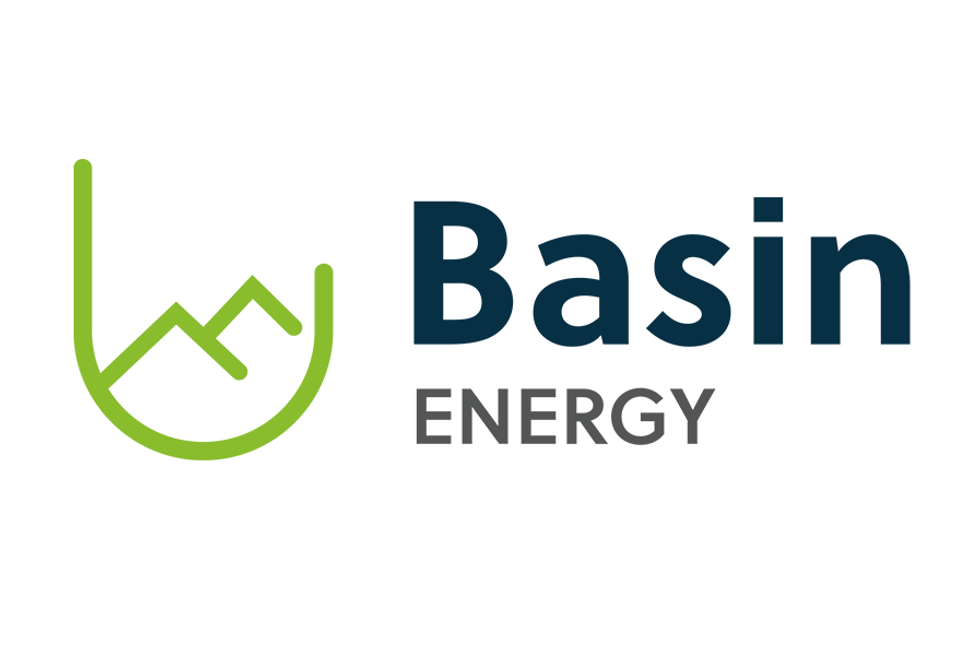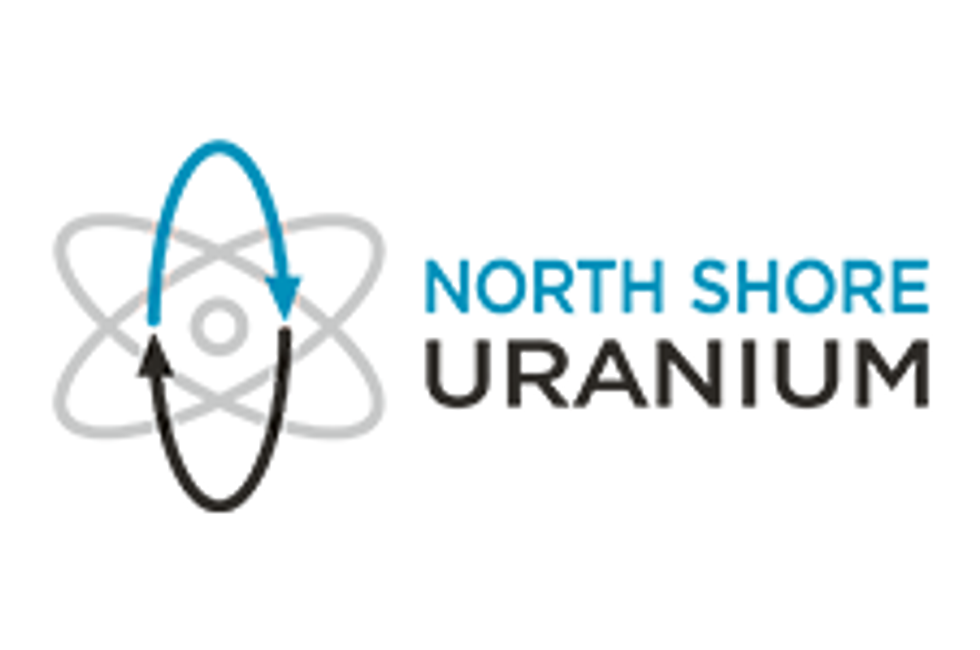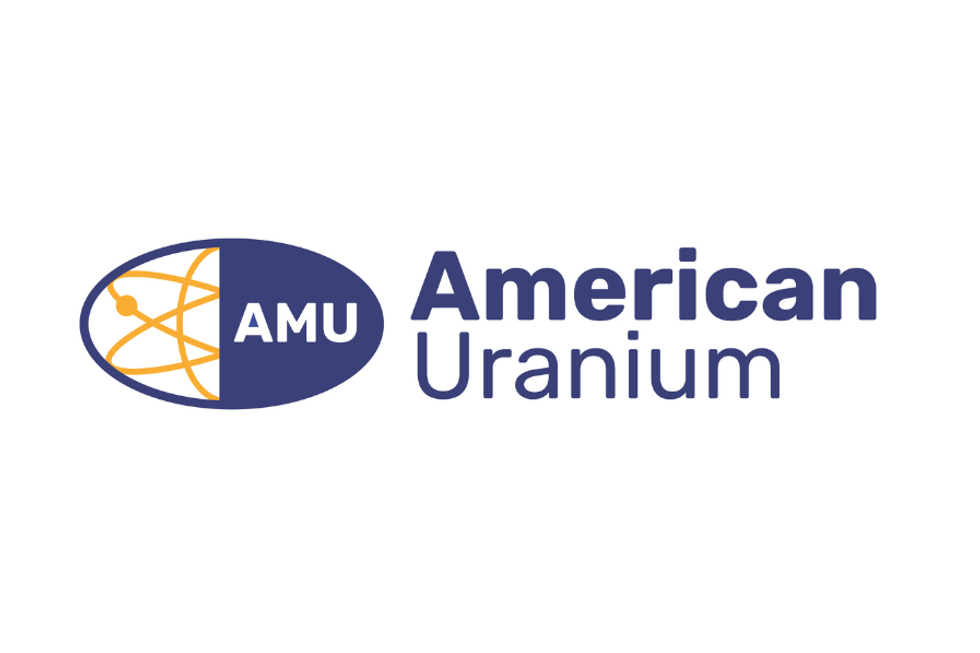Fission Uranium: High-grade Uranium in the Athabasca Basin
Uranium Investing News had a chance to talk to CEO Dev Randhawa about the company and the uranium market.
Uranium Investing News had a chance to talk to CEO Dev Randhawa about the company and the uranium market.
Uranium Investing News: Fission Uranium is a new name in the resource space. Can you tell our audience a little bit more about the company and your projects?
Dev Randhawa: Fission Uranium is a spin-out from Fission Energy. We’ve got a very motivated management team. And we certainly have an outstanding project to work with. This Patterson Lake joint venture we have, we have 50 percent of it. [Dundee Securities’ analyst] Dave Talbot said it was the most successful winter program he had ever seen.
In about two months — we started in the end of January and we finished early April — we were able to find three zones and put out some of the best holes that the Athabasca Basin’s ever seen, which means the best holes that anybody’s ever seen in the history of uranium because the Athabasca is the king of grade.
Grades in the Athabasca are 10 to 20 to 50 times higher than the world average. The world average is 0.08 percent, so we’re off to a fantastic start. We have a fantastic asset and [President] Ross McElroy is leading a great technical team.
We are well financed; we have $17 million in the bank. As you know right now, the biggest difficulty people are having is raising money to advance their projects. If you can’t advance projects, you can’t put up news which is the lifeblood of the junior explorers, therefore stocks drift down. So it’s a vicious cycle right now a lot of companies are facing.
Thankfully we’re not. We’re well funded, well managed and have just a fantastic project.
UIN: Fission is working in the Athabasca Basin at Patterson Lake which is returning high grade uranium results. How does Patterson Lake compare to the rest of the Athabasca Basin?
DR: At the moment, it’s kind of hard to compare Patterson Lake to other deposits but in terms of exploration potential, there’s nothing like it. As a matter of fact, I think there have only been four discoveries in the basin, for many, many years.
One reason being because there’s not much money being spent with such depressed prices, so it’s very difficult. For example, [the size of the] Phoenix project from Denison Mines (TSX:DML) is like four subway cars that gets you 16 million pounds, that’s worth about $700 million.
You don’t need a lot but it’s very hard to find, very hard to shoot and try to hit these little blobs of the other yellow metal, as I call uranium.
David Talbot has said [Patterson Lake] is the best winter exploration program he has seen because it’s very rare that you find three zones in the sector.
I think it’s as good as anything out there. We still have a lot of work to do, but at the same time we’ll have blue sky and that’s what investors want. They want to know that you have lots of blue sky on your property and are you well-financed.
UIN: PLS is described as having high-grade and shallow depth. What does this mean as far as costs and recovery will be concerned?
DR: In terms of economics, it’s a lot easier to do if something is open pittable. At PLS the mineralization is shallow, it’s also flat as a pancake which makes the strip ratio quite low. The economics are much better than let’s say, something that’s 600 meters down.
It’s going to be far more economical to get this stuff out of the ground than let’s say something like Shea Creek, which is 600 meters below surface. PLS mineralization starts at only 60 to 90 meters. Being shallow helps your economics. It also helps you determine in return how many pounds you have. The cut-off grade that Roughrider had was something like 0.05 percent. The cut-off grade here 0.02 percent, maybe 0.01 percent even. You have a lot more dirt will become economic when it’s so close to surface and this also affects your drilling. It’s cheaper, you’re not drilling down so deep.
It’s cheaper to drill, easier to mine and above all, what’s really important here is that the radon gas survey is working. It’s really pinpointing for us, we’re quickly able to find more zones. Whereas, if we didn’t have this radon gas survey, most likely we’d have to step-out every 15 meters. Which if you think about it, it would have taken us many holes to get up to 800 meters.
Instead we’re able to jump right out there. The shallowness has an impact both economically but also on our drilling as we speak.
UIN: You mentioned earlier that Athabasca is the king of grade. Can you explain a little about what grade means in the uranium world?
DR: At the end of the day, if you’re digging up a scoop of dirt and my scoop’s only got one ounce of gold, which is $1,600 per ounce, and you’ve got a scoop of dirt that has say, five ounces, for the same amount of work you just picked up five times your effectual profitability.
So the grade, it has huge impacts in economics. When times are tough, companies will always mine the higher grade possible. That’s one of the reasons why I believe Rio Tinto (NYSE:RIO) came to Canada was not only to find a politically safe environment but also to get the highest grade deposit possible when they bought the Roughrider zone.
The grade in Canada averages almost 2 percent, whereas the grade in other countries, the average is about 0.08, that’s about 20 times the grade. It’s an ideal place to look for uranium because you’ve got the highest grade and the best political environment.
People are learning that the political environment is very important. Otherwise, you just can’t get work done. They’re learning that in Texas; they’re learning it in Mongolia; they’re learning it in Namibia; they’re learning everywhere, that there is no such thing as a free ride.
Now we have a benefit obviously at Athabasca, to have 40 years of safe mining. They’ve got lots of regulations and we know how to protect people. As you saw recently, what’s happening in Quebec and what’s happened in BC, they’re just shutting it down.
So the grade is very important, but as important is the political stability and we have that. That is so helpful when you’re determining your business plan.
UIN: In terms of grade and price, can you help our audience better understand the relationship between grade and price and how they work with the current market?
DR: Absolutely. It’s about economics. Basically, a scoop of dirt is a scoop of dirt. The question is what can you get from it?
The price of uranium determines if a piece of rock is economic enough. If the grade is high, it’s called ore; if not, it’s just dirt.
For example, there was a project in Africa that UraMin sold to Areva (EPA:AREVA). Now, Areva can’t put it into production because the prices have dropped and the grade is so low. They paid over $2 billion. A lot of pounds there but with the insane low grade it’s not going to go into production.
Denison can put the Phoenix mine into production; it’s so high grade. The same thing for Rio’s Roughrider, that can go into production. The PEA that they did at Roughrider was $17 to 19 and long-term prices are $60, so they can make money there.
Basically, the price of uranium determines which projects can be profitable and which cannot.
Generally people feel unless you’re in the $70 per pound range long-term, no one can make money. And the spot price really has to rise. That’s the correlation —from my perspective— between what the price of uranium is and what the grade is. You’ve got to have grade; grade is king.
UIN: Fission Uranium has a JV partnership with Alpha Minerals on the Patterson Lake South and recently optioned 50 percent of Patterson Lake North to Azincourt Resources (TSXV:AAZ). Can you help our readers understand what a joint venture means and how companies can benefit from these agreements?
DR: Depending on your joint venture, it can be beneficial or not. Patterson Lake South was an agreement between two groups who were both staking the same area. Rather than fighting for it, we combined forces and each will take turns operating it.
The Patterson Lake North JV had zero value on the books. A joint venture is a way of monetizing the property. You suddenly say, “Okay. If somebody’s spending $12 million to earn 50 percent-plus payments of 4-1/2, you could make a book valuation of $28.5 million— if everything goes through— that’s over a 40-year time.”
It is a way of putting value on something which there is no value.
Rick Rule often says, “You use other people’s money, you take your brains to find the project, you get the land, develop it and the heavy lifting comes from somebody else. They take all the risk.”
Exploration is very, very risky; [joint ventures] are a way of mitigating your risk and not having to raise so much money [which doesn’t dilute your stock].
I believe in partnerships. I think if we can, one plus one can equal three. At the end of the day, it’s you’re trying to find ways to mitigate your risk, because we are in a very risk-orientated business.
Fission is not a prospect generator, entirely, but that’s a model that works, especially in bear markets, and right now we’re in extreme bear market. I think anytime you can conserve cash, it’s a good thing.
UIN: Fission Uranium is the operator of the Patterson Lake South joint venture, can you explain what that means?
DR: When you are the operator, you make the final decisions. You add the information, put budgets together and the other person agrees to them and so you operate. There’s been a bit of confusion out there for example, how we discovered the boulders.
Alpha’s main contribution has been financial and we’re thankful for that. They have good people on the financial side. The technical decisions have been made by Ross McElroy and Ray Ashley, the VP of Exploration for Fission.
They’re also the same team that found the Waterbury and the “J” zone. It was actually their second discovery and it’s very important to note that because it there have only been four discoveries made in the Athabasca.
I know there’s been a lot of confusion out there, who made what discovery and some people actually thought that Alpha was the operator, which is completely false.
We’ve been the operator since last year and we’ll continue to be the operator until April of next year. We have a full summer program, a fall program in November and a full drilling program next year as well.
We’re very excited about it and it’s a great big system and hopefully we can continue to put up great results.
UIN: Can you tell us a little more about Patterson Lake North and how it is or isn’t similar to Patterson Lake South?
DR: Yes, the structure is quite different in terms of what we have in Patterson Lake South. Patterson Lake North, we’re actually in the basin. When you saying someone’s in the Basin, you’re saying Athabasca sandstone which has a contact point with the basement.
Patterson Lake South is overburdened but it touches right at the basement, all this is the basement. That’s how they’re different that way. The Patterson Lake North connects more North up to the conductor from Cluff lake and Shea Creek, so it’s a different structure.
We spent about $4 million-plus on it to get it to the point that it was drill ready. The original goal was to court an Asian partner this summer and this fall and it takes time to bring an Asian partner in. But when someone’s willing to pay you the same kind of money to add value to you, you take it.
UIN: We spoke with Marin Katusa recently who was very bullish on uranium. What do you think we are going to be seeing in the uranium market in the near future?
DR: Marin is a pretty bright guy and I agree with him. I think we see short term supply restrictions pushing up the uranium price.
Right now, we’re only producing 130 million pounds a year and we need 170. There’s a deficit of 40 million and we need to fill that. Right now it’s being filled by a contract between the Russians and the Americans with the Megatons to Megawatts program. That is running out this year.
The second thing is they’re expecting in Japan to allow some of the reactors to come back online. Those two events put pressure demand. The uranium market is quite tight actually, believe it or not. These spot price is only 5 to 6-percent of the market, so we could see spot price jump up.
I’ve been very bullish on uranium for some time. I’ve been at it since 1996. For many years I went around to shows talking about uranium and it was tough being a contrarian.
Now suddenly people are into uranium and I’m happy with $40, I was working with $7. I’m quite bullish, especially in the long term. We have 430-plus reactors up there, 67 being built as we speak. There’s a 15 percent increase there.
Over the next 8 to 10 years and the next 15, we’ll see another 300-plus reactors. Over the next while, we’re actually going to need double the amount of uranium.
Rick Rule often says “two things can happen, if the average cost of taking the uranium out of the ground is $70 a pound, and its spot price is $40, only two things can happen, the lights go out or uranium prices go up.
I think the future is very bullish, but we don’t control the uranium price. I often remind our shareholders what we control is our drilling and how much money we raise, those things. Now, if we ever get some wind behind our sails, you’re very right, I can see much higher valuation of what we’re doing at Patterson Lake.
UIN: Well that sounds great. Thank you for taking the time for speaking with us today.
DR: Thank you.
Securities Disclosure: I, Vivien Diniz, hold no investment interest in any of the companies mentioned.
Interviews conducted by the Investing News Network are edited for clarity. The Investing News Network does not guarantee the accuracy or thoroughness of the information reported. The opinions expressed in these interviews do not reflect the opinions of INN and do not constitute investment advice. All readers are encouraged to perform their own due diligence.
Related Reading:
Marin Katusa: Time to Invest in Uranium
Rob Chang: Uranium Market Catalysts on the Horizon
Emerging Uranium District in Saskatchewan’s Patterson Lake Region






